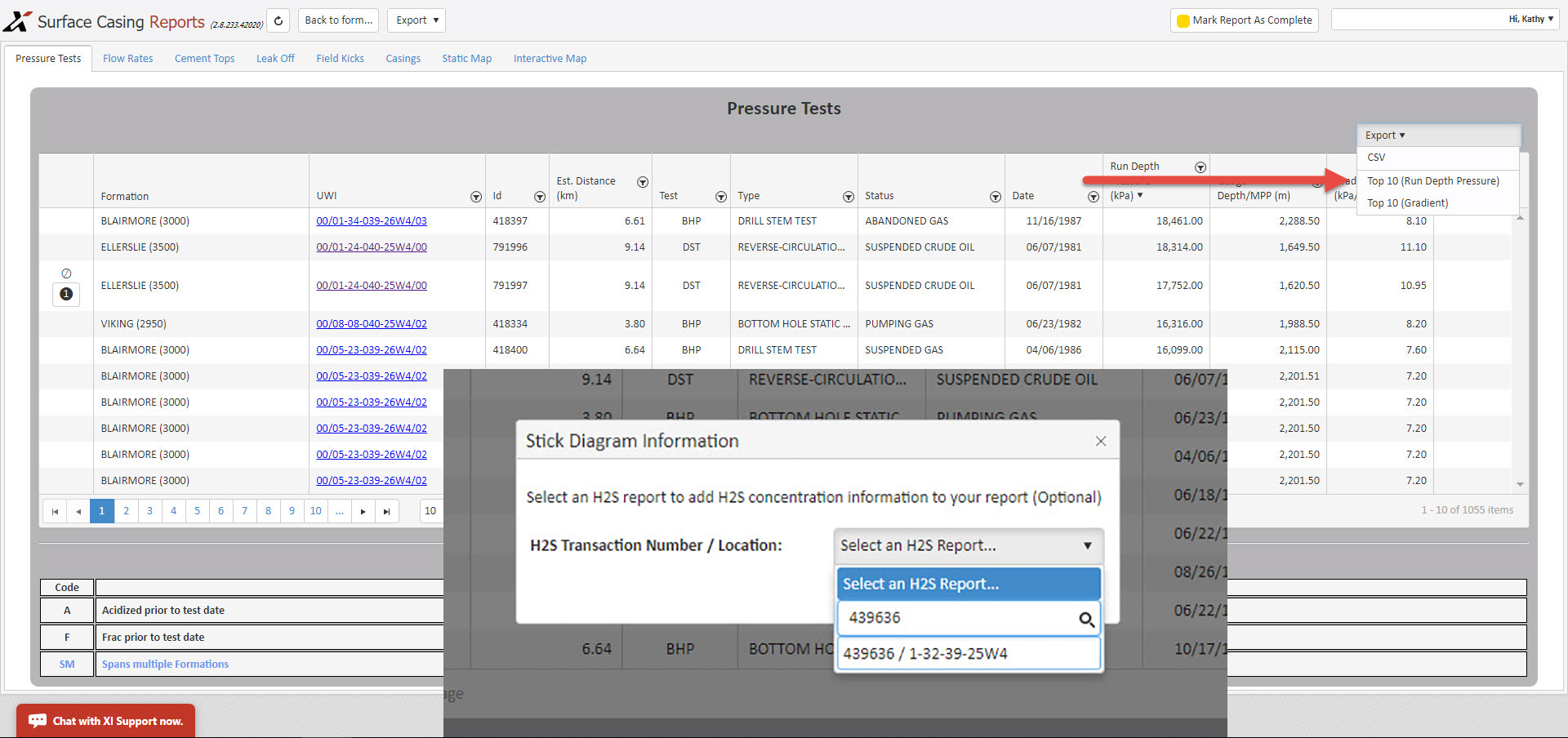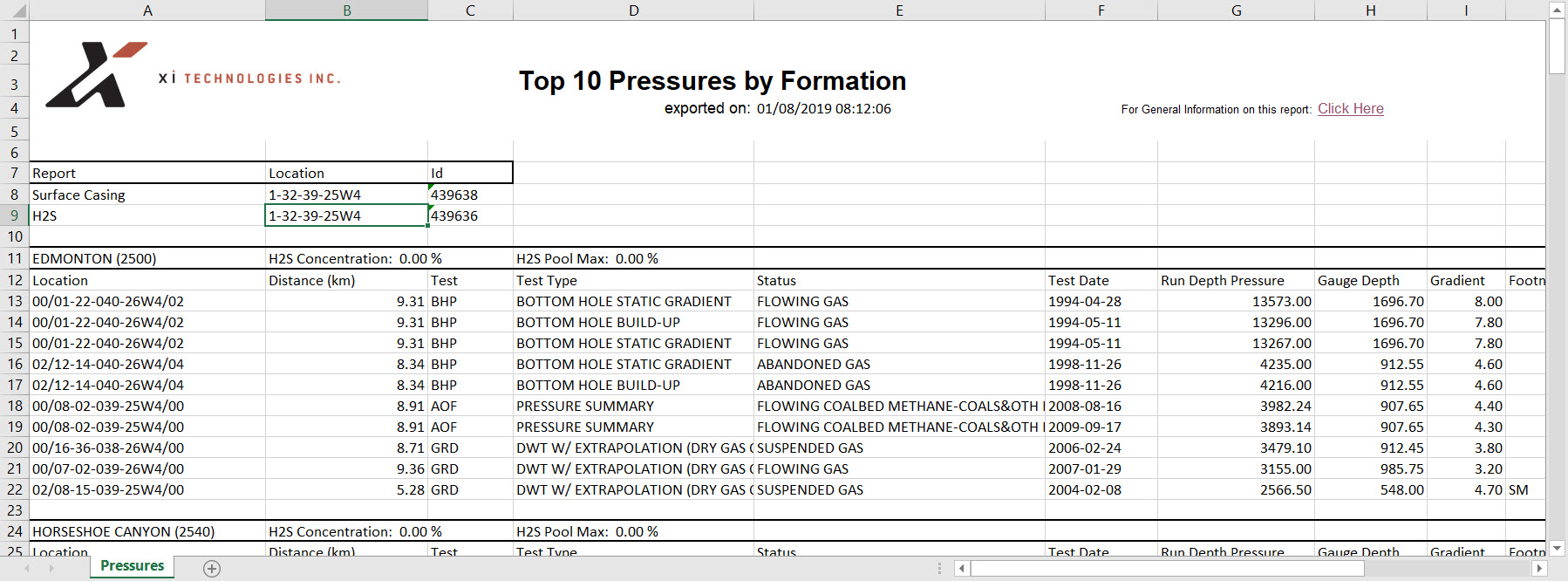Sed diam nonummy nibh euismod tincidunt
Ut laoreet dolore magna aliquam erat volutpat. Ut wisi enim ad minim veniam, quis nostrud exerci tation ullamcorper suscipit lobortis nisl ut aliquip ex ea commodo consequat. Duis autem vel eum iriure dolor in hendrerit in vulputate velit esse molestie consequat, vel illum dolore eu feugiat nulla facilisis at vero eros et accumsan et iusto odio dignissim qui blandit praesent luptatum zzril delenit augue duis dolore te feugait nulla facilisi.
Here at XI, we are very proud of the quality of our data and the applications that our clients value so much. It’s easy to focus mostly on our software products because that’s what our clients interact with. As such, we don’t often talk about our data and what it takes to deliver it. For this blog, we thought you might enjoy hearing about the high-level data processes we have implemented over 15 years of operations.
The phrase “Data Driven. Solution Focused” cuts to the core of who we are as a company, and it’s the driving force behind our products. We provide software tools that help you to make smarter decisions, and those software tools are backed by the best quality data in Western Canada. We take pride in both the quality of our data and our solutions.
XI consumes vast quantities of raw data from our primary data provider; RS Energy (secondary sources include: Provincial governments, other 3rd party sellers and a couple secret sources). The data sets we acquire are made available to us at various times of the month, so XI’s data loading process must be nimble and as fast as possible. Our data team performs nightly data loads to incorporate new data, revised data, and newly approved code updates.
This is not to say there are never any issues with the data we are consuming. It is for this reason that XI has numerous levels of data verification and testing procedures to ensure that the data we release to our customers is of the highest quality.
To begin, while the data is running through the loading process there are many low-level checks to ensure that the data does not have any glaring deficiencies. These tests would include: ensuring that there are no large gaps in the data (missing production files for example) and flagging any obvious data format errors (date formats),
Our current load time (barring significant issues) is just under 20 hours to get the data into a consumable database so we can start digging deeper in the numbers. But, in our never-ending quest for improvement, we have undertaken some exciting new projects that could potentially drop our loading time to below 4 hours. That means our products would be able to have new and/or updated data much faster! Stay tuned for some exciting news on these improvements.
Once our internal test environments have the new data, everything is handed over to our in-house Quality Assurance Tester extraordinaire who tackles further data verification and tries to identify any smaller issues that our initial screening attempts failed to catch.
Once the go-ahead has been given from QA, we try to release our data to clients as soon as possible. And of course, updates are done with no downtime or service interruptions for our clients!
If you have any questions, feel free to contact XI Support and we will strive to answer any questions you may have.

In 2018, the Alberta Energy Regulator (AER) published a list of the “Five Most Common Noncompliances in Ten Inspection Categories”. The #1 issue for the Drilling Category was: “STICK Diagram does not contain all the required information.”
Each week at XI Technologies, we scan our unique combination of enhanced industry data to provide trends and insights that have value for professionals doing business in the WCSB. If you’d like our Wednesday Word to the Wise delivered directly to your inbox, subscribe here.
A STICK diagram is a well data information sheet specific to the drilling operation of a well. It is obtained from researching offset well records and provides on-site personnel with sufficient well control information and must be posted in the doghouse. At a minimum, the STICK diagram must include:
- geological tops,
- anticipated formation pressures and mud weights required to control them,
- potential problem zones (e.g., lost circulation, water flows, gas flows),
- abnormal pressured zones (e.g., reservoir pressure maintenance),
- potential H2S zones, and
- other well occurrence information.
Traditionally, all this information was gathered primarily through manual offset research – digging through AER data stores to find relevant offset wells, then scouring through PDF Tour sheets and other data. If the word “tedious” comes to mind, you’re right. It’s easy to see why this would be a time-consuming process and how key information might be missed.
The evolution of the digital oilfield means this data is now much more accessible and XI Technologies has multiple proven tools that make it faster and easier to gather the information needed for STICK diagrams while, at the same time, meeting other regulatory requirements for Surface Casing and H2S.
XI’s RegulatorySuite is an a la carte set of data mining, research, and report building tools packaged in a simple web-based platform. Its purpose is to help companies streamline and simplify compliance with AER Directives. For example, Directive 36 includes the requirement to have the pressures information available to on-site personnel (11.1.4) and these are available in XI’s SurfaceCasing Report. But Directive 36 also requires that potential H2S zones be indicated. XI has added the ability to collect this information and generate the start to your STICK diagram within the SurfaceCasing Report and export it. The system also includes the ability to link your H2S Report work to that export, helping you gather all the information in one step.

Within the SurfaceCasing Report tool, users can discount tests, move them to the correct formation, and add footnotes. Preparing to generate the beginning information for a STICK diagram is as simple as clicking on the “View Backup Data” button to access a view of the pressures information, then clicking Export. The system allows users to select either the Top 10 (Run Depth Pressure) or Top 10 (Gradient) then link to an H2S Report that can also be generated in XI’s RegulatorySuite.

For those who don’t wish to link to an H2S Report, it is still possible to generate the STICK data download but the H2S concentrations will show as “Not Available”. For convenience, the download will exclude any discounted tests, leaving you with a listing of the top 10 tests which are relevant to your STICK diagram creation (and also the H2S Concentrations if you choose this option).

XI Technologies Inc. has been providing specialized, enhanced data and reports to the oil and gas industry for more than 15 years. We help companies to avoid noncompliance issues in order to streamline approvals and keep work flowing smoothly.
By Kathy Stol, XI Support Team
As a member of the XI Support Team, I make it a point to follow a few Help Desk websites. It’s a great way to stay current on trends in technology and particularly in the realm of Software as a Service (SaaS).
In my role, I’m always looking for ways that our team can improve customer service to the thousands of XI software users out there, many of whom will contact us at some point in need of help. Of course, our goal is to provide the kind of intuitive and trouble-free SaaS products that make it almost unnecessary to call the support line – but that’s a blog for another day when I’m wearing my Quality Assurance hat!

While perusing different articles recently, I came across one about how companies should try embracing this “new” concept of Support Based Development. The article stated that companies such as Google and the like were touting the fact that they were using this new concept. The focus of their efforts was to review Help Desk tickets in order to find pain points for clients, and then work with their development teams to find solutions for those problem areas.
I was astounded!! This is considered “NEW”??? That’s something we’ve been doing at XI Technologies since…well, forever! It’s part of good customer service, just like offering free support and free ongoing training. It puts the onus us, as the SaaS developers and providers, to build applications that meet the needs of our clients. To understand those needs, we make the effort to actively listen to, consult with, and ask questions of our clients. We also work hard to test and manage quality assurance on a continuous basis. We believe our clients have the right to expect our best efforts to deliver mission-critical software tools that won’t let them down.
When you call XI’s Support Line (or email, or open a chat window), we keep track of why you needed to contact us (this is the Support Ticket part). Not every call is related to product enhancements. Sometimes it’s just a small issue that requires a human touch – like resetting your password. Sometimes it’s something we can’t change or fix – like Microsoft Excel insistently asking you to “Enable Macros” and “Enable Content”. But when our Support operators (not just me, but Amanda, Elly, Nadir, and other XI-ers) hear about something that is bottle-necking your workflow, or if you happen to request a feature that would make your life easier, we listen. And then we write it up and put that issue into the queue to have it looked at and prioritized by our development team. We also keep track of who suggested the new feature or had the problem, so we can follow up with you when we implement the change.
The big tech companies may talk about implementing Support Based Development, but XI has been walking that talk for years. After all, who’s the most important influencer in our development cycle? YOU, our clients!